5 Ways Your Home’s Design is Creating Chaos (& How to Fix It)
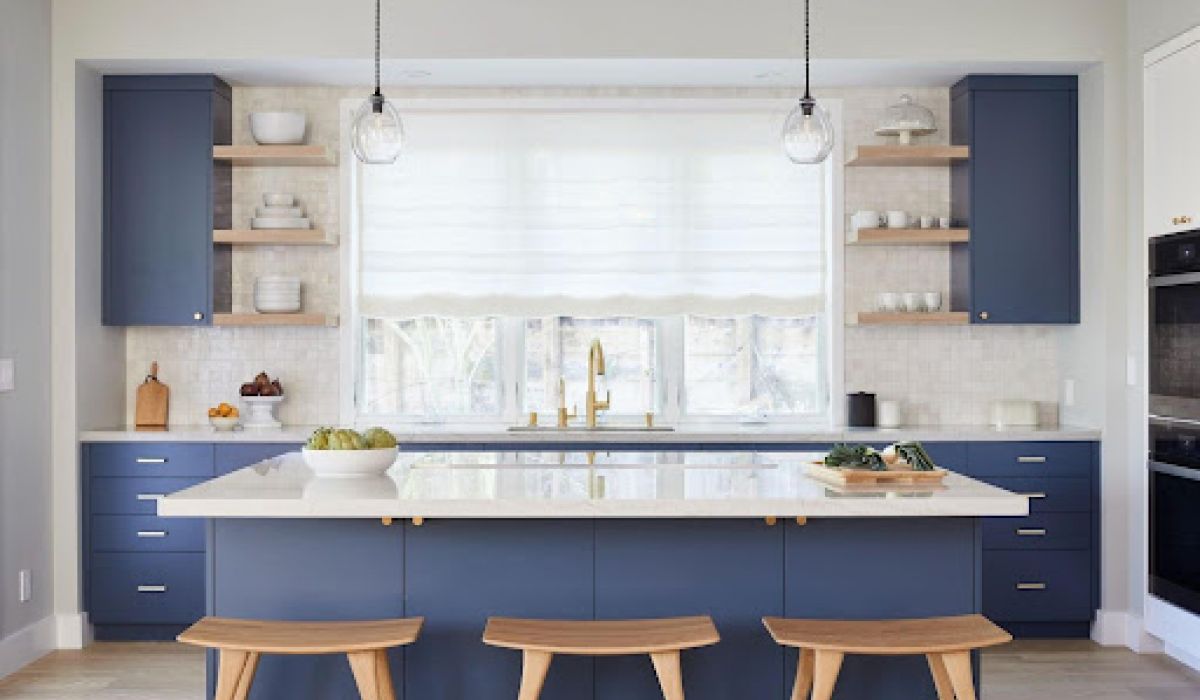
You know that poorly placed light switch? Every time you enter the room, you instinctively brush your hand across the wall where it should be, and there’s nada. Or the sofa you hip-checked again because it sticks out juuust a few too many centimeters into the walkway.
These grievances sound small, but if you encounter them every day and in every room, you’re probably at your wit’s end. This is when a home crosses that threshold from inconvenient into dysfunctional, even chaotic. And let’s face it — with your fast-paced, busy schedule, that’s the last thing you need.
What can you do about it? Today, I’m sharing 5 of the biggest culprits guilty of making your home dysfunctional, along with some tips for turning the tables…
1. Furniture that is too big.
That oversized sofa gave you cozy vibes when you ordered it, but now it’s taken over your living room, making everyday functionality limited at best. This is a common problem with overscaled furniture, and it can make your room feel small and cluttered, too.
How To Do It Better: It can be difficult to select appropriately scaled and positioned furnishings. One method would be to do it like the pros, with to-scale drawings that map out the space for flow before any purchases are made. However, this takes time and experience, so the faster way would actually hire the pros.
You can use our Online Design Service to get a personalized floor plan and our selections for stylish and appropriately scaled furniture.
You can also maximize your living space with multi-purpose furniture. For example, if you want a bulky ottoman, make sure it has storage inside. Or, if you have a media console, skip the glass front doors and go with a solid front to hide their clutter, not showcase it.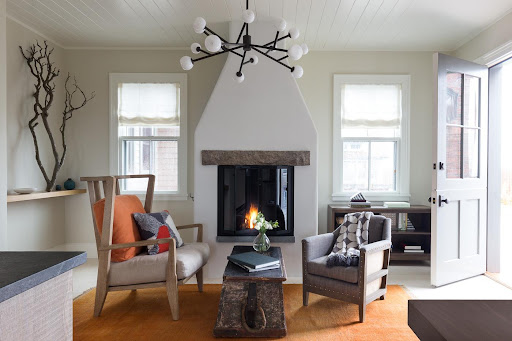
Photographer: David Duncan Livingston
2. Surfaces that are hard to clean.
We’ve all been there. Scrubbing glitter slime out of the rug? Not fun. Relying on your Tide pen and a prayer to get those oily fingerprints off the drapes? Deep breaths… These situations result from a home that isn’t strategically designed to stand up to everyday use.
How To Do It Better: Designing and furnishing your home with easy-to-clean surfaces makes your life instantly worry-free. Red wine spilled on your ivory sofa? No problem, there’s performance fabric for that. (See our recs for family-friendly sofas here.)
For rugs, we’d suggest a tightly-woven, high-quality rug with a high knot count so it won’t shed. In high-traffic areas, our go-to recommendation is a synthetic fiber like nylon or polyester. (Check out our favorite indoor/outdoor rugs here.)
For walls, use an easy-clean paint finish, like satin or eggshell, for your walls. There’s no escaping that one wild kiddo with a marker. Other fixed surfaces, like counters and flooring, can also be selected in durable varieties. Which brings us to my next point…
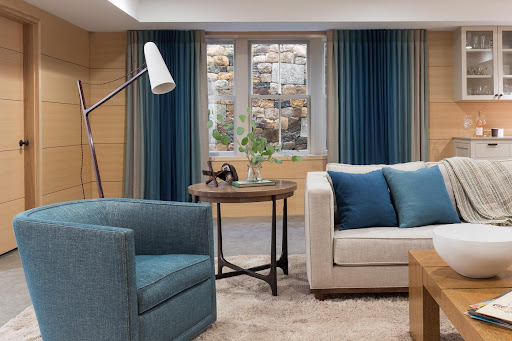
Photographer: David Duncan Livingston
3. Flooring that is too fragile.
Hardwood floors are gorgeous, beautiful, stunning…and get easily scratched, stained, and faded in the sun. Tile flooring? Dangerously slippery when wet and with annoying grout lines that never stay clean. You’ve probably wondered, “Is beautiful and functional flooring even possible?” You bet.
How To Do It Better: Strategically select your flooring based on its location in your home. For all high-traffic areas, we recommend installing Luxury Vinyl Planks, or LVP. LVP flooring is high-quality, uber strong, and affordable. Even better, the aesthetic quality has exponentially increased over the years, making it stylish and natural-looking. (Our whole team is thrilled about it.)
For those less high-traffic areas, you have more room to get creative and even splurge a bit. We recommend large marble tiles for the floor and shower in a low-traffic space, like the guest bath.
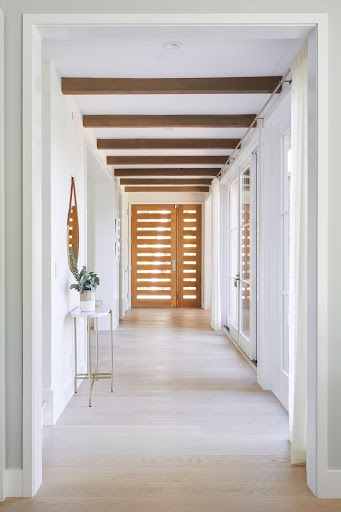
Photographer: Vivian Johnson
4. Spaces that feel awkward or unused.
You know those spaces that are over-cluttered and unwelcoming? You don’t know what to do with the awkward breakfast nook, guest bedroom, or the entryway no one uses. These spaces may feel easy to ignore, but they are a glaring error in the flow of your home, forcing the rest of your space to work extra hard.
How To Do It Better: First, decide if there is a way to repurpose the awkward space into one you would actually use. For example, turn your extra bedroom into a home gym where you can ride your Peloton in peace. Or make your entryway more welcoming and meaningful, so you’ll enjoy entering the home through your front door.
Another idea — in hallways or random corners, you can add an eye-catching piece of art or statement light fixture that adds style to your space. Finally, avoid clutter and unwelcoming spaces with a way to hide the mess. Refer to tip #1 for ideas to hide your clutter.
5. Light switches that are inaccessible.
Light switches placed behind doors or in non-intuitive locations are just plain inconvenient. Unfortunately, no matter how long you live in a home, you will probably still be searching for the light switch that isn’t there…or forever showing guests where to find them.
How To Do It Better: Surprisingly enough, you can have light switches conveniently relocated. The process is cost-effective, not intrusive, and easy with an electrician’s assistance. Call one up, ask for a consultation, and move those switches for your peace of mind.
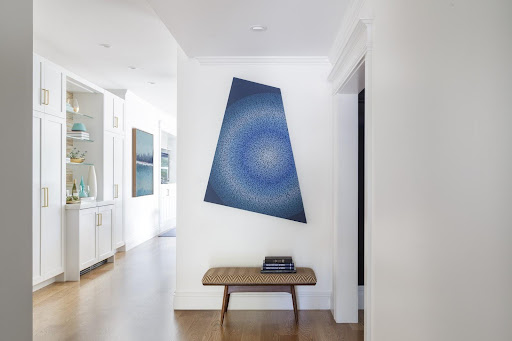
Photographer: David Duncan Livingston
Bonus: Kitchens that are poorly designed.
Frankly, this could be a whole post on its own. As the home’s hub, a poorly designed kitchen can be a daily source of pain. If you’re constantly battling storage issues, bumping into your partner, or searching for counter space, your everyday life could be better.
Instead, design your kitchen with the appliances positioned in a “triangle” to ease the flow between the fridge, oven, and sink. This is also why it’s important to work with a designer who knows what they’re doing!
Other functional kitchen tips:
- Position cabinets with tall, narrow spots for baking sheets and large/deep drawers for pots and pans
- Include plenty of counter space and easily accessible outlets
- Add easy-to-clean backsplashes (especially near the stove)
- Allow enough room around the island, so it doesn’t feel crowded with multiple people
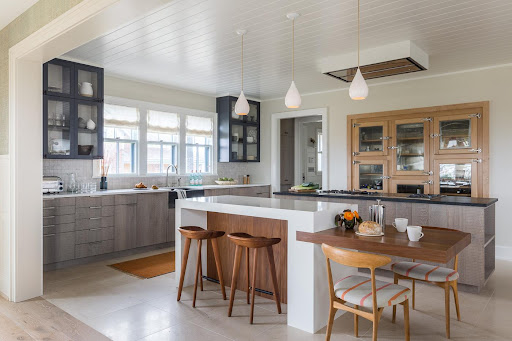
Photographer: David Duncan Livingston
There you go — several problems, lots of solutions. And as always, if you need help along the way, we’re here for you.
Cheers,
Melanie